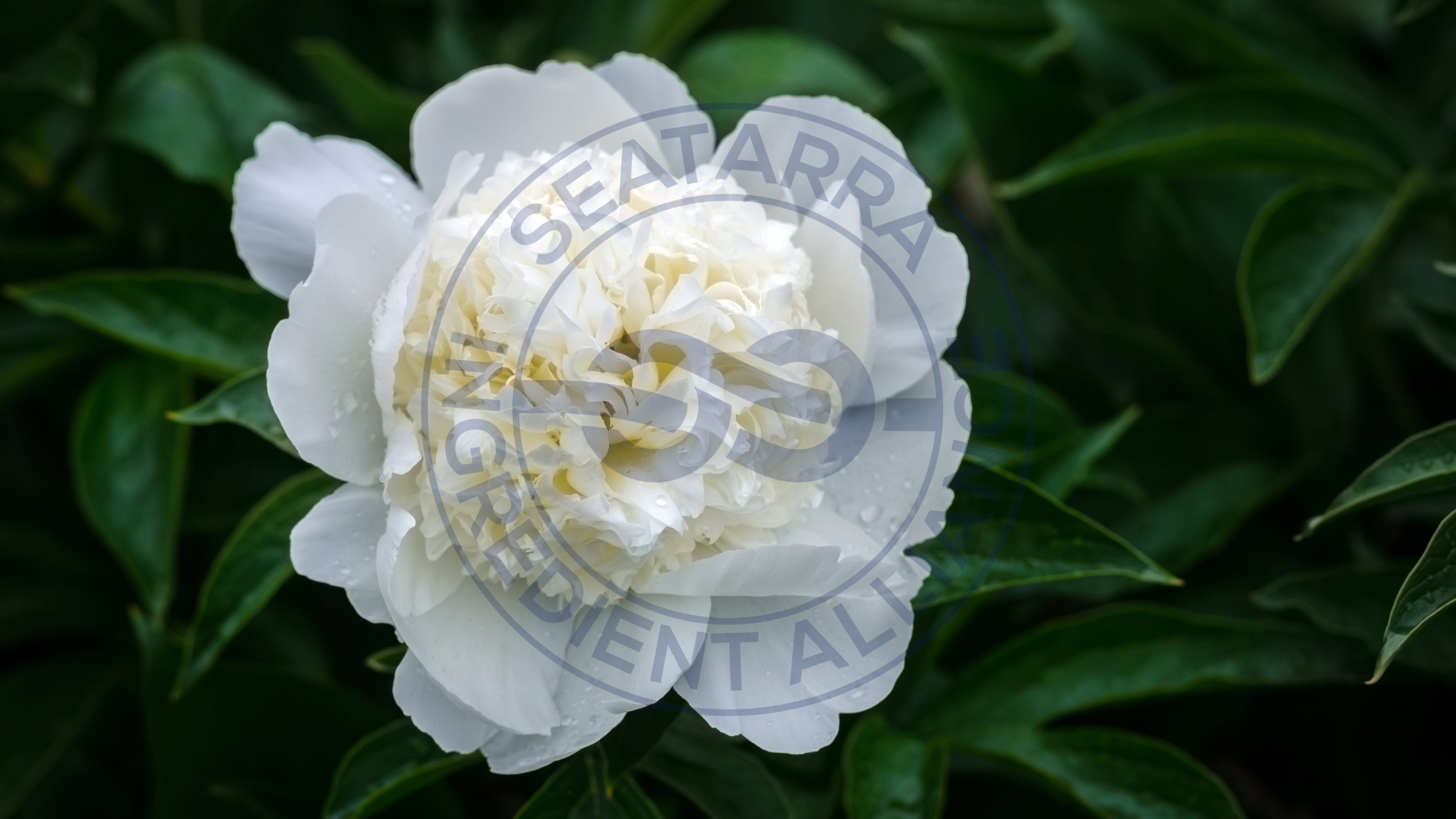
Uncover the Skin Benefits of White Peony Powder
Introduction
Skin care, arguably one of the most vibrant segments of the beauty industry, has witnessed a paradigm shift towards more natural and organic alternatives. One such natural powerhouse is White Peony Powder, a traditional remedy turned modern skincare elixir. Extracted from the root of Paeonia lactiflora, a charming flowering plant native to East Asia, White Peony Powder offers an impressive array of benefits for skin health. In this comprehensive exploration, let’s delve into the magical world of this botanical marvel and understand how it can breathe new life into your skincare routine.
The Origins and Traditional Use of White Peony
The peony, an ornamental flower known for its stunning beauty, has a rich medicinal history dating back thousands of years. In traditional Chinese medicine, peony root, particularly white peony, was used to balance the body’s energy, or ‘Qi,’ and treat various ailments. As the understanding of its diverse benefits evolved, the application of white peony extended into skincare, where it is revered for its ability to soothe, nourish, and revitalize the skin.
Unveiling the Skin Health Benefits of White Peony Powder
Potent Antioxidant Source: White Peony Powder is rich in antioxidants, including paeoniflorin and galloylpaeoniflorin. These potent compounds play a pivotal role in combating harmful free radicals that contribute to oxidative stress, one of the leading causes of premature skin aging. By neutralizing these destructive elements, White Peony Powder can potentially reduce visible signs of aging like wrinkles, fine lines, and age spots, leading to healthier and more youthful-looking skin.
Soothing Anti-inflammatory Properties: One of the standout benefits of White Peony Powder is its anti-inflammatory action. Thanks to this property, it can calm skin inflammation, reduce redness, and promote a smoother, more even skin tone. For individuals with sensitive, redness-prone skin, or those grappling with inflammatory skin conditions such as eczema or rosacea, incorporating White Peony Powder into their skincare routine can be particularly beneficial.
Brightening and Toning Abilities: White Peony Powder has gained a reputation for its skin-brightening attributes. Its regular use can assist in fading hyperpigmentation, dark spots, and uneven skin tone, leaving your skin looking more radiant and vibrant. It does this by inhibiting melanin production, the pigment responsible for the color of our skin, hair, and eyes.
Deep Hydration: The peony root extract is known for its ability to enhance the skin’s moisture retention capacity. Its hydrating attributes make it a sought-after ingredient in a variety of skincare products like creams, moisturizers, and lotions. When used regularly, it can help to maintain optimal skin hydration, ward off dryness, and promote a supple and dewy complexion.
Incorporating White Peony Powder into Your Skincare Regime
Using White Peony Powder in your skincare routine is simple and versatile. It can be applied as a face mask by mixing the powder with water, honey, or yogurt to form a paste. Apply this paste to clean, dry skin, leave it on for 15-20 minutes, then rinse off with warm water. White Peony Powder can also be found as a key ingredient in a plethora of skincare formulations, including creams, serums, and toners.
As with any new skincare ingredient, it’s crucial to do a patch test first to ensure there are no adverse reactions. Always consult with a healthcare professional or dermatologist before integrating new elements into your skincare routine.
Conclusion
White Peony Powder, with its robust antioxidant, anti-inflammatory, skin-brightening, and moisturizing properties, is a powerful addition to any skincare routine. Whether you’re aiming to ward off signs of aging, soothe skin inflammation, or achieve a more luminous complexion, White Peony Powder could be your skin’s new best friend. So why wait? Dive into the world of natural skincare with White Peony Powder and unlock your skin’s true potential.



